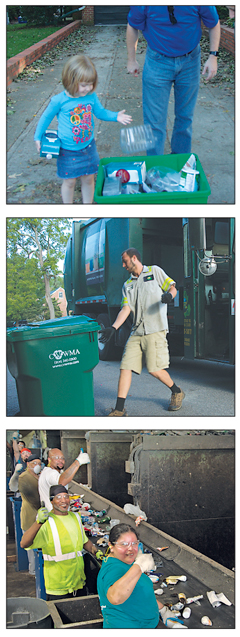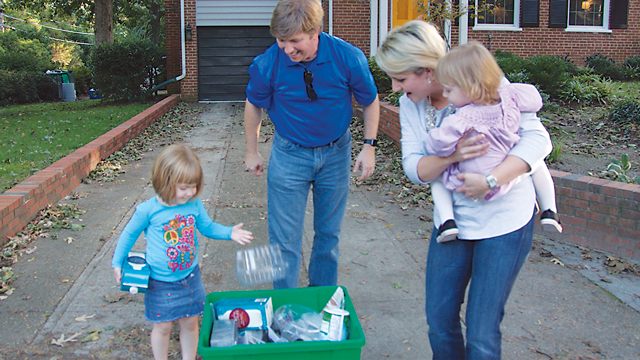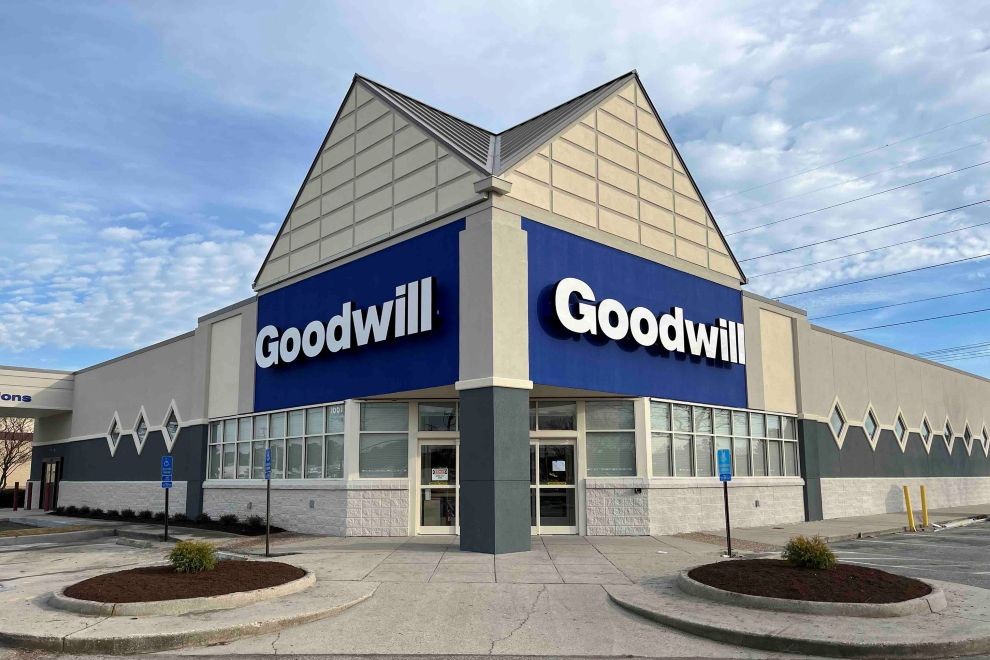What’s the big deal? Does recycling really make a difference? I heard it all goes to a landfill, anyway. Do they really recycle what is collected? What does MRF mean?
Does any of this sound familiar?
Every year, families in Central Virginia generate more than 900,000 tons of waste to discard. The good news is much of it is being recycled. But we can do so much more – and it doesn’t have to be difficult.
Whether you are new to the practice or have been recycling for years, here are some guidelines to help you get started or ramp up your recycling habits.
Depending on where you live, you may be able to recycle at your home, or you can drop off your recycling at one of about forty sites in the region. You can get started now by collecting the following accepted recyclable items:

• Aluminum and steel cans (empty and rinse)
• Food and beverage cartons (empty and rinse and replace plastic cap)
• Glass bottles and jars (empty and rinse, and discard metal lids)
• Paper and cardboard (office paper, mixed paper, newspaper, and flattened cardboard)
• Plastic bottles, cups, tubs, and containers (empty and rinse and replace cap)
There is no need to sort. For collection at the curb (or in an alley), you can place all of the items into your container (a cart or bin provided by your city/town/county, cardboard boxes, or brown paper grocery bags). Please do not use plastic bags. If you are taking your recyclables to a drop-off location, there are separate compartments, or in some cases, separate containers for paper and cardboard. All other recyclables can be mixed together.
There are some things you can’t recycle: food-contaminated items, Styrofoam products, or plastic bags of any kind. These items can contaminate other recyclables and lessen the quality of recycling for marketing.
Getting into the habit of recycling is important for protecting our environment for future generations. Make recycling a family activity if you can. Teach your kids about the importance of recycling: It turns things that would have been thrown away back into new products. For instance, aluminum and steel cans can be recycled over and over again indefinitely. Cardboard can be remade into new cardboard up to seven times. Food and beverage cartons can be made into new products such as paper towels, toilet paper, and office writing paper. Recycling preserves our natural resources like trees and precious metals and also saves energy that would be spent on harvesting trees and mining raw materials. And we are not filling up landfills! Help kids recycle the right way by collecting the accepted materials and discarding what is not recyclable. Have family members help place recyclables out on collection day. Yes, by seven in the morning!
After items are collected, they are delivered to a local material recovery facility (the aforementioned MRF, pronounced “murf”) each day to be sorted and baled. Every year in Central Virginia, nearly 45,000 tons of recycling are collected through the regional residential and drop-off recycling programs. That is a lot of paper, cans, bottles, yogurt cups, and cartons that are not deposited in a landfill.
When we dispose of items in the trash, the life cycle of the item ends. Trash is buried in the ground every day. As a community, we need to work to keep valuable items – those that can be made into something new – out of landfills. See why it’s so important to recycle as much as we can?
Virginia state law mandates that we recycle 25 percent of our waste stream. The Virginia Department of Environmental Quality (VA DEQ) recently notified Central Virginia Waste Management Authority (CVWMA) that the regional recycling rate has once again exceeded 55 percent. This means that an estimated 58.9 percent of the waste generated in our region for calendar year 2016 was recycled and kept out of area landfills. That’s a considerable accomplishment when you consider that Central Virginia recycled just 46.3 percent of its waste ten years ago. Let’s keep up the good work!
For a complete list of accepted materials for recycling, visit CVMWA.com.






